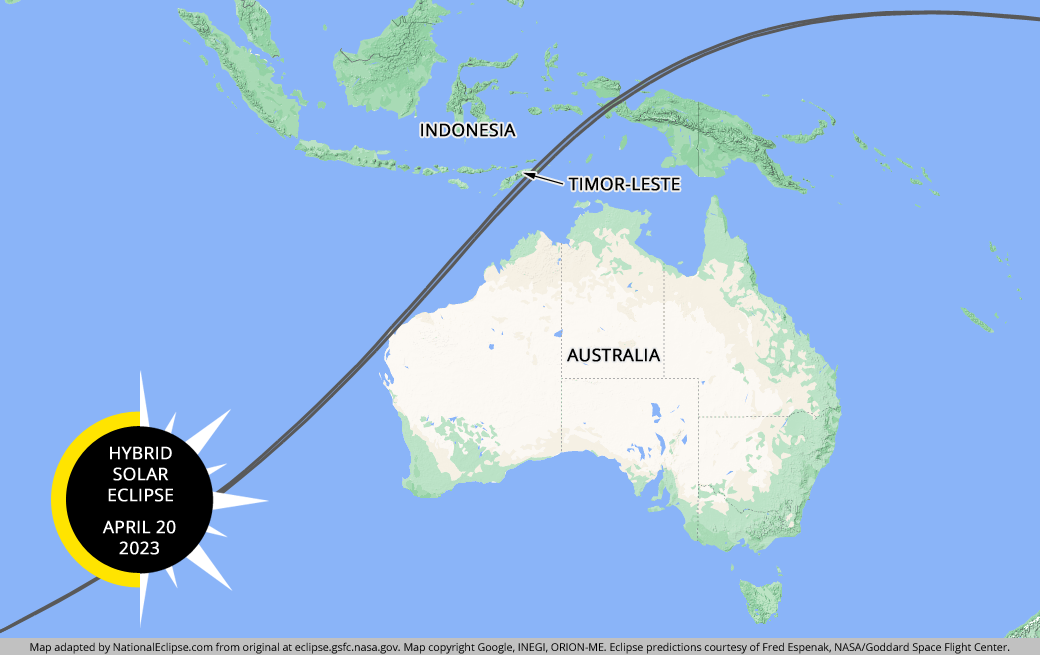That s two totalities for every three years.
How often does a solar eclipse occur in australia.
There are on average about 240 solar eclipses and a similar number of lunar eclipses each century.
Dr young said that ring of fire eclipses are very similar to total eclipses in that the moon moves directly in front of the sun as viewed from earth.
A solar eclipse does not occur at every new moon nor does a lunar eclipse occur at every full moon because the moon s orbital plane is inclined to the ecliptic the plane of the orbit of earth around the sun.
Approximately once every 18 months on average a total solar eclipse is visible from some place on the earth s surface.
A solar eclipse occurs when the moon passes between earth and the sun thereby totally or partially obscuring earth s view of the sun the shadows of solar eclipses often cross the australian continent due to its large area of over 7 6 million square kilometers.
How often does a solar eclipse happen.
A total solar eclipse occurs when the moon completely covers the sun s disk as seen in this 1999 solar eclipse.
The angle between the planes is about 5.
The longest amount of time of totality for the august 21 2017 eclipse the total phase will last a maximum of 2 minutes 41.
A solar eclipse will occur this weekend for parts of the planet.
On average it takes about 375 years for a total solar eclipse to happen again at the same location.
Solar and lunar eclipses in australia next 10 years.
By comparison a total lunar eclipse also known as a blood moon can be seen from any location approximately every 2 5 years.
It takes hours for the moon to move completely between the sun and earth but the time when the sun is completely covered lasts no more than a couple of minutes for any given location.
Solar eclipses visible from australia are relatively common.
How long does a solar eclipse last.
Find solar eclipses lunar eclipses and planetary transits worldwide from 1900 to 2199.
An annular solar eclipse left occurs when the moon is too far away to completely cover the sun s disk may 20 2012 during a partial solar eclipse right the moon blocks only part of.
Solar prominences can be seen along the limb in red as well as extensive coronal filaments.

